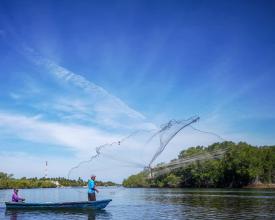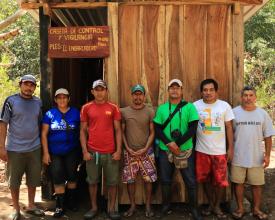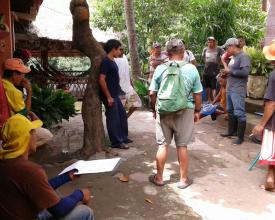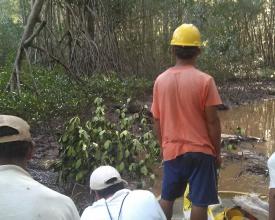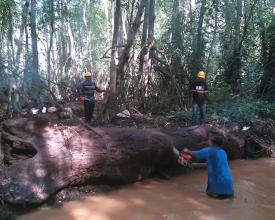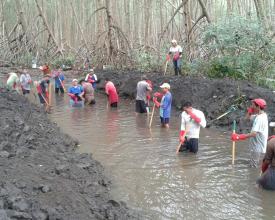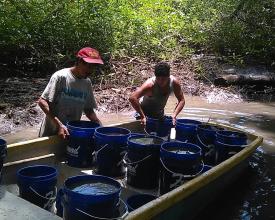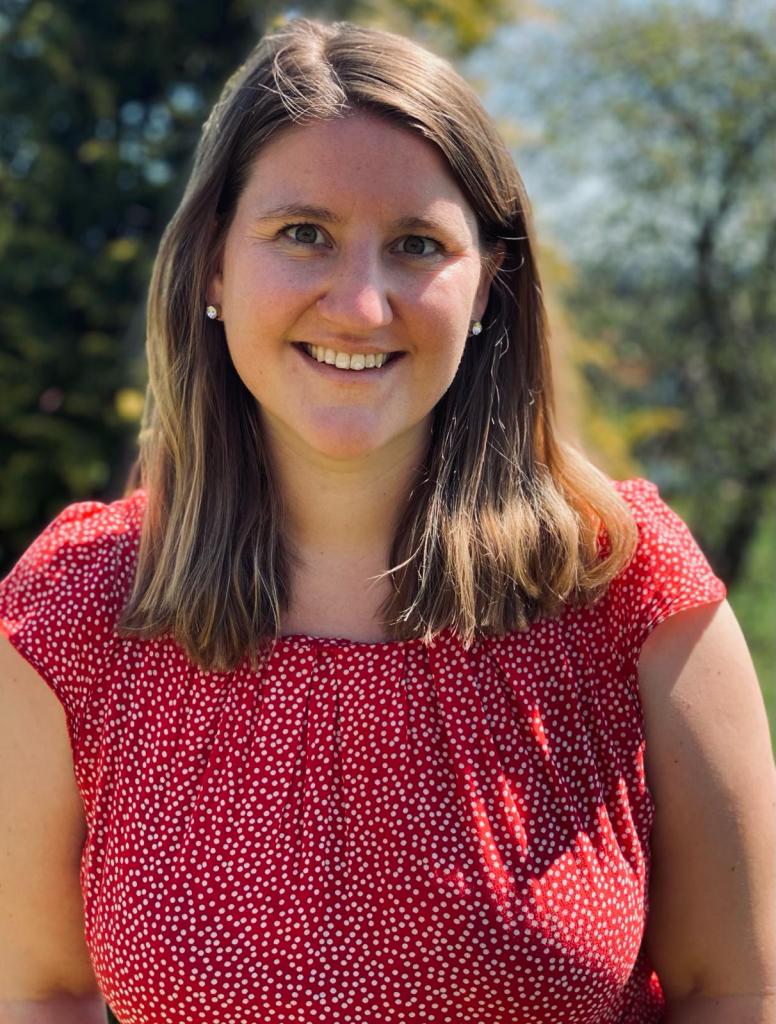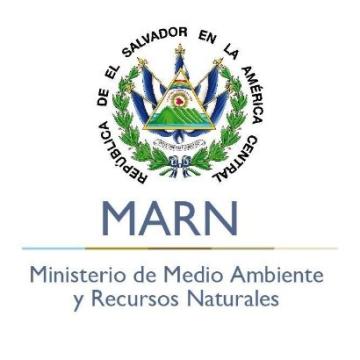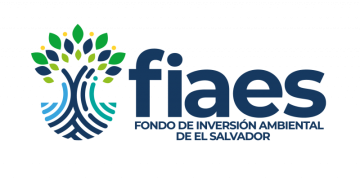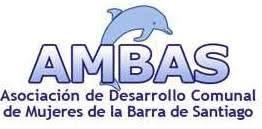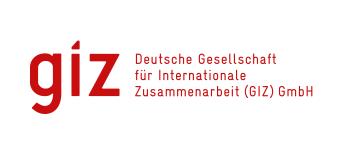
Ecological Mangrove Restoration in the El Imposible Conservation Area -Barra de Santiago
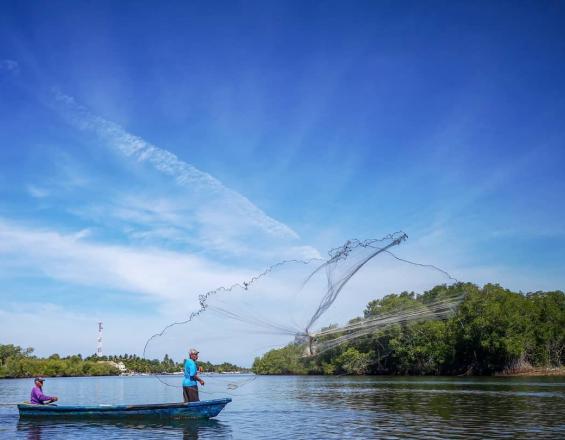
The El Imposible - Barra de Santiago Conservation Area covers an area of 90,467 ha, with an elevation of 0 to 1400 masl; it has different types of ecosystems ranging from coastal-marine, mangroves, to coffee plantations and agricultural ecosystems. Degradation in the area is caused by high pressure from agricultural activities, poor agricultural practices that lead to increased erosion, loss of productivity, and increased sediment in riverbeds. An integrated solution is proposed to increase the ecosystem services provided by the mangroves by combining inter-institutional dialogue, local capacities and field actions to promote reforestation and natural regeneration of the degraded ecosystem. With local organizations, we implement actions of Ecological Mangrove Restoration -REM-, which consists of hydrodynamic recovery of the site, sediment extraction, biodiversity monitoring and generation of temporary employment.
Context
Challenges addressed
- Erosion in the upper watershed caused by the intensive use of soil for subsistence crops (corn and beans).
- Expansion of sugar cane cultivation on land previously occupied by the mangrove ecosystem.
- The siltation of main canals due to the increase of sediments that prevent the exchange between freshwater and saltwater.
- Dependence of the population on artisanal fishing and the reproduction of species in the mangroves.
Location
Process
Summary of the process
The solution integrates 2 building blocks (BB): 1. Implementing Organization with strong community roots, 2. To improve the provision of ecosystem services in mangrove swamps. BB1 is the key piece of the effective implementation of the solution, as it requires a fair evaluation of the organization that will act as a partner or implementer of the solution. The organization must have the local credibility (trust from the community) and institutional credibility (agreements and permissions from the authority) to execute the action. It must have technical capacities (to adequately guide the local population in the execution of the solution) and administrative capacities (to make effective its commitments with the local population, as well as with its donors, if applicable). BB2 is the result of good planning and execution of BB1; BB2 contributes to the sustainability of the intervention, since by presenting short-term results (increase in fish diversity), it allows community members to observe how their actions have a direct impact on their livelihoods.
Building Blocks
Implementing Organization with Strong Community Roots
For the implementation of the EMN, a local organization is required that has the institutional agreements and the necessary legal protection to carry out actions within natural protected areas and is specially classified as a co-manager.
The local organization is in charge of identifying the most degraded channels, designing the dezasolve and planning the removal, transfer and final disposal of sediments.
The local organization must carry out training to avoid any accidents while the actions are being carried out; it is in charge of forming the work groups and distributing the tasks, as well as supervising the quality of the works for compliance.
The importance of a local organization with strong community roots lies in its credibility with the community, as well as its ability to reach consensus and avoid potential conflicts, especially when selecting beneficiaries, distributing workdays and defining payment methods.
Enabling factors
The support of the national authority designated to take care of natural resources. This facilitates the technical governmental support to the local organization to carry out the activities within the established legal framework; expedites the formulation, processing and approval of special permits; and provides credibility to the local organization at the time of managing financial resources with national and international donors.
Lesson learned
The local organization must have a fluid communication with the institutional technicians, in order to inform in a timely manner about any setbacks or unforeseen events in the execution of the EMR, as well as to be aware of the time limits of the permits, as well as the scope of the co-management granted.
Local Ownership of EMR through its Implementation
For the implementation of EMR, it is required that the people of the community are trained and appropriate of the benefits that this technique provides to their livelihoods, mainly the effects on fisheries.
With the support of the local organization, community members should understand the relationship between hydrodynamics (freshwater and saltwater flow) and the diversity of fish available for fishing at the site.
The people of the community are responsible for carrying out:
- The construction of a temporary containment of the water flow.
- The removal of logs that may affect water flow and the removal of invasive species that compete with natural regeneration.
- The removal, transfer and final disposal of sediments, according to the technical specifications provided by the local organization.
Enabling factors
Execution of cash payments to participants for days worked, with external financing.
The support of the national authority designated to take care of natural resources, which allowed the integration of the local population in an activity that is legal within protected natural areas.
The technical support of a local organization with relevant experience in EMN.
Lesson learned
The local organization should negotiate with the community members the execution of "counterpart" workdays to generate commitment in the maintenance of these actions and maintain the cost-effectiveness of the action, favoring the management of additional resources.
The training of the personnel that will carry out the activity must be carefully observed, especially in the provision of personal protective equipment and safety measures to avoid accidents.
Impacts
- Recovery of the hydrodynamics of the site in 2,200 linear meters,
- Extraction of 16,000.00 cubic meters of sediment,
- Natural regeneration of 34 hectares of mangrove, with seedlings of 10 to 40 cm along the channel.
- Generation of 1,575 jobs.
- Increase of populations such as Cardisoma crassum (blue crab) and repopulation of species such as Litopenaeus sp. (shrimp pilero), Callinectes sp. (crab), Gobiomorus maculatus (guabina).
Beneficiaries
Artisanal fishermen in the area
Sustainable Development Goals
Story
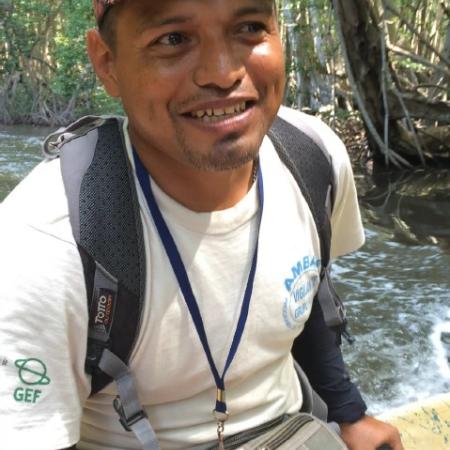
"... at the beginning I did not understand the benefit that we could achieve with the Mangrove Ecological Restoration (REM), but after finishing the REM we were able to make some sets, and my big surprise was that I found shrimp, crabs, green guapote, and black catfish. I am talking about the fact that we had just one month of having intervened in the area and for me it was amazing to see how they (the mangroves) have recovered considerably in the short time that the restoration has been underway".Juan Perez, Tourist Guide and Resource Guard of the Barra de Santiago Protected Area.

